IT spending worldwide will grow by 8%, reaching $5.1 trillion in 2024. According to a new report from market research firm Gartner, AI is a contributing factor in that growth, but the impacts of generative AI won't be felt until the following year.
Incident response technology vendor Centegix has launched a new integrated, cloud-based Safety Platform that unites its various school safety solutions and connects with emergency responder partners, the company said in a news release.
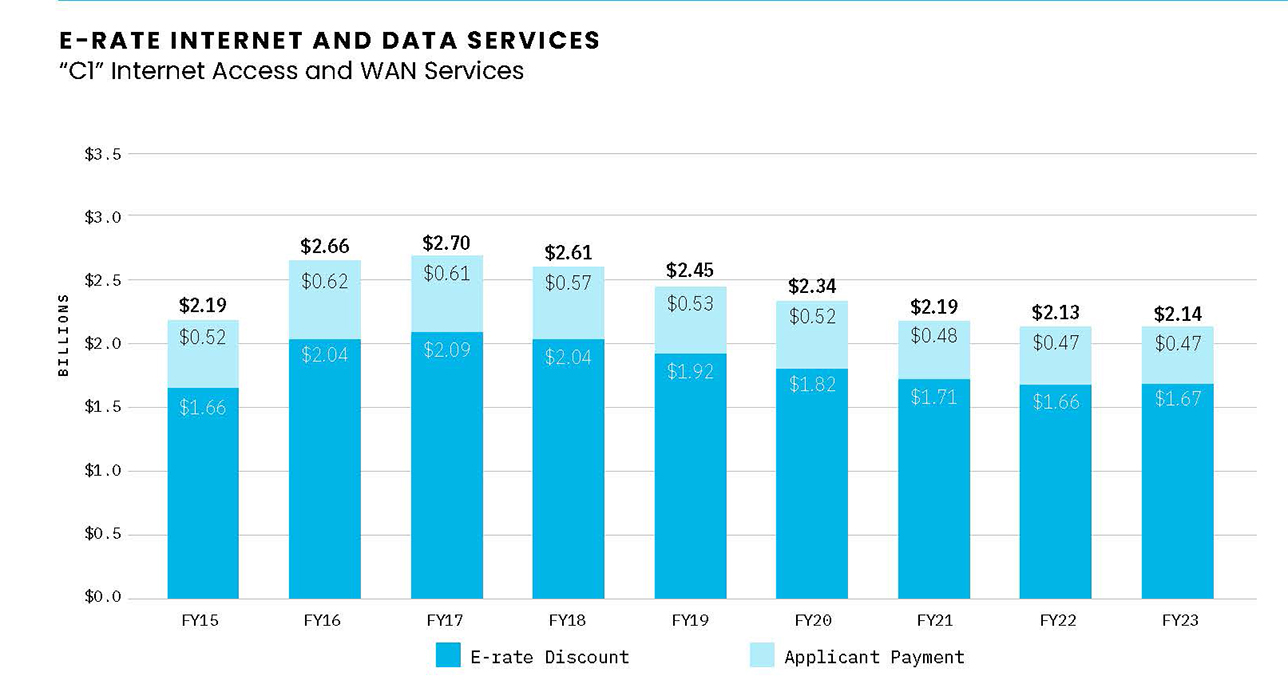
An overwhelming majority of E-rate applicants want the FCC to include cybersecurity services in the program, according to the 14th annual E-rate Trends Report released today by Funds For Learning.
The Midwestern Higher Education Compact has partnered with AI and data analytics provider SAS to allow state education agencies, K–12 districts, and higher ed institutions across 47 states to access SAS’ Viya unified analytics platform at a significant discount, the organizations announced today at Educause.
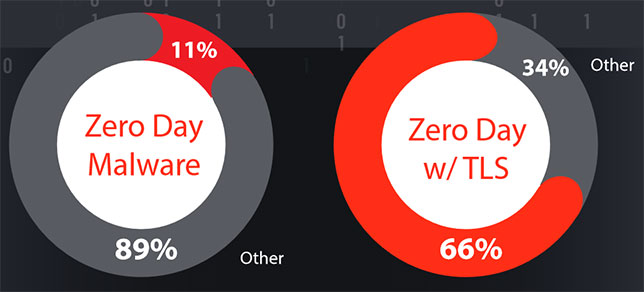
Malware in general declined in the second quarter of 2023, according to a new report, even as double-extortion ransomware grew substantially.
While many districts continue to move to cloud environments due to their collaboration capabilities, scalability, and improved security, sometimes legacy systems can make sense too.
E-rate compliance services firm Funds For Learning has expanded its E-rate Manager analytics tool, launching E-rate Manager Advanced and Enterprise versions to help state coordinators and service providers better manage their districts’ E-rate activities, FFL said in a news release.
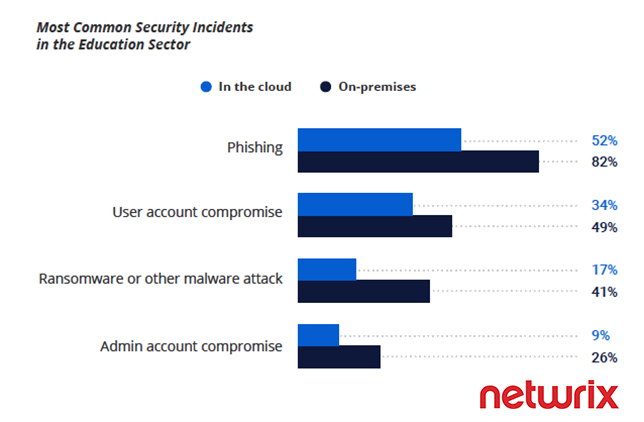
In 75% of cyberattacks targeting education organizations over the last 12 months, IT and security managers cited compromised on-premises accounts as the cause, according to research from cybersecurity vendor Netwrix.
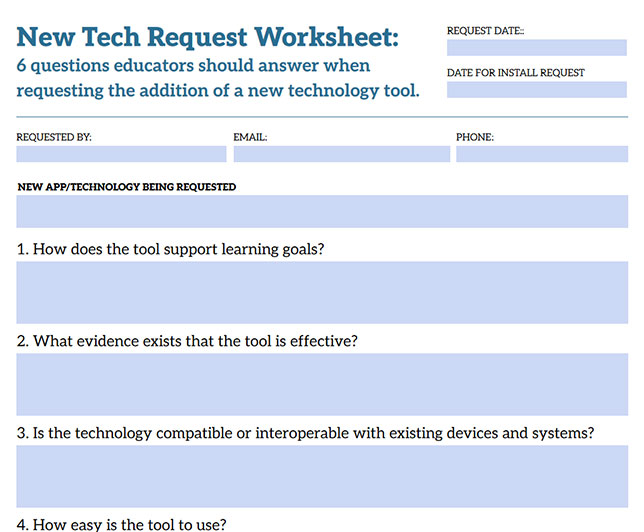
When IT teams are evaluating technologies for the classroom, the teacher's perspective shouldn’t be discounted. Teachers have a unique — and likely the best-informed — view of which tools will engage students and which will be distracting.
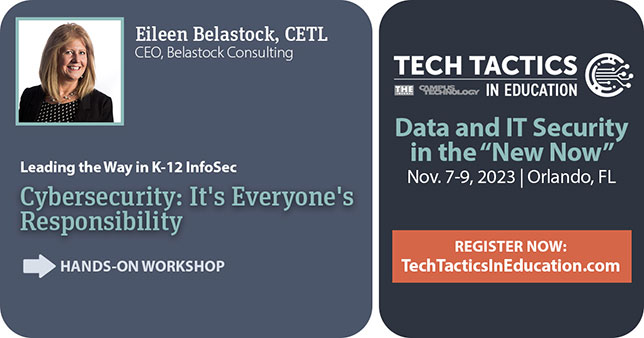
Intrusions into education networks have never been more rampant. And at this point, information security is the top concern among IT leaders and administration in K–12 districts. What's more, there is the distinct possibility that AI will compound the problem, while also being used to help deal with threats.